250 ans de l’arrivée des Espagnols à Tahiti
Fare Rata, la Poste de Polynésie, célèbre le 250ème anniversaire de l’arrivée des Espagnols en 1772-1775 à Tahiti, en émettant deux timbres illustrant leurs premiers contacts à Tahiti à la fin du XVIIIème siècle. Sur ordre du vice-roi du Pérou, Manuel de Amat y Junyent, deux expéditions (1772 et 1774) furent conduites par le capitaine Don Domingo Boenechea, à bord de la frégate l’Aguila. Elles devaient d’abord vérifier la présence anglaise sur l’île de Tahiti, à la suite du premier voyage de Cook ; ils recueillirent ensuite des informations sur la topographie des îles polynésiennes et les modes de vie de la population autochtone afin évangéliser les Tahitiens. Mais c’est au cours du deuxième voyage, à son retour de la reconnaissance de l’île de Raiatea, que Boenechea meurt le 26 janvier 1775 à 62 ans et est enterré à Tautira. De ces brèves escales espagnoles, il reste divers Journaux de bord rédigés par les Officiers et les missionnaires et surtout, celui de Maximo Rodriguez, soldat-interprète bilingue, qui, durant son séjour de dix mois à Tautira et lors de reconnaissances faites autour de l’île de Tahiti, a pu nouer des relations privilégiées avec les chefs Tu (Pomare 1er) et Vehiatua du district de Tai’arapu; il relate particulièrement comment Pomare 1er lui a offert ce récipient ou « ‘?mete » en dolérite noire, fabriqué à Maurua (aujourd’hui l’île de Maupiti), qui se trouvait dans le marae de Taputapuatea du district de Atehuru (actuellement Paea et Punaauia) et comment il a réussi à le faire embarquer en novembre 1775 pour Lima; cet objet se trouve aujourd’hui au musée anthropologique de Madrid.C’est aussi l’existence de cette pièce ethnographique unique conservée par l’Espagne que Fare Rata, la Poste de Polynésie, célèbre aujourd’hui.
250th anniversary of the arrival of the Spanish in Tahiti
Fare Rata, the Polynesia Post Office, celebrates the 250th anniversary of the arrival of the Spanish in 1772-1775 in Tahiti, by issuing two stamps illustrating their first contacts in Tahiti at the end of the 18th century. On the orders of the viceroy of Peru, Manuel de Amat y Junyent, two expeditions (1772 and 1774) were led by Captain Don Domingo Boenechea, aboard the frigate Aguila. They first had to verify the English presence on the island of Tahiti, following Cook’s first voyage; they then collected information on the topography of the Polynesian islands and the lifestyles of the indigenous population in order to evangelize the Tahitians. But it was during the second voyage, on his return from the recognition of island Raiatea, that Boenechea died on January 26, 1775, at the age of 62 and was buried in Tautira.
Of these brief Spanish stopovers, there remain various logbooks written by the officers and missionaries and especially by Maximo Rodriguez, a bilingual soldier-interpreter, who, during his ten-month stay in Tautira and during reconnaissance around the island of Tahiti, was able to establish privileged relations with the Tu (Pomare 1er) and Vehiatua chiefs of the area Tai’arapu; he tells in particular how Pomare 1er offered him this vessel or «‘?mete » in black dolerite, made in island of Maurua (now Maupiti), which was in the marae of Taputapuatea in the district of Atehuru (now Paea and Punaauia) and how he managed to get it on board in November 1775 for Lima; this object is now in the Anthropological Museum of Madrid.It is also the existence of this unique ethnographic piece preserved by Spain that Fare Rata, the Polynesia Post Office, celebrates today.
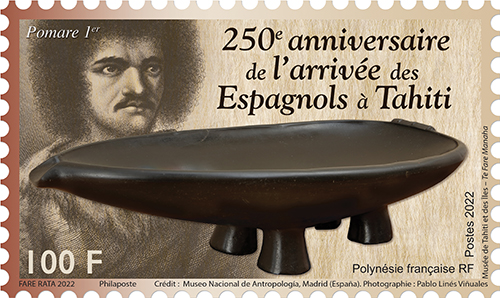
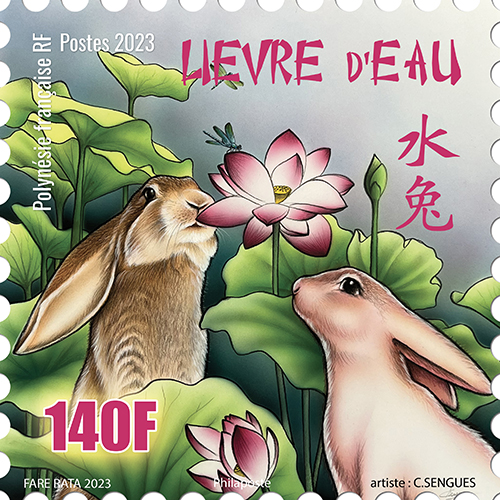
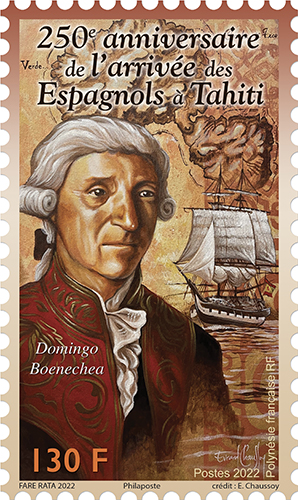
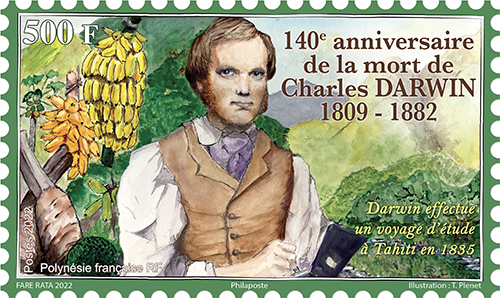
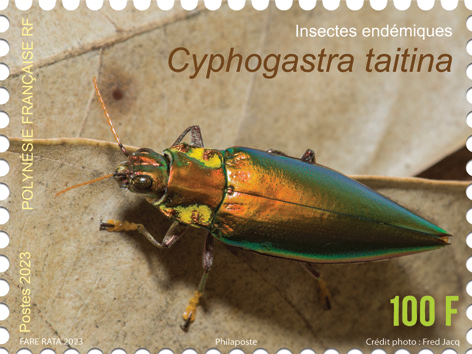
Avis
Il n’y a pas encore d’avis.